Light Emitting Dynamo
Spotlight / DMG Lumière by Rosco
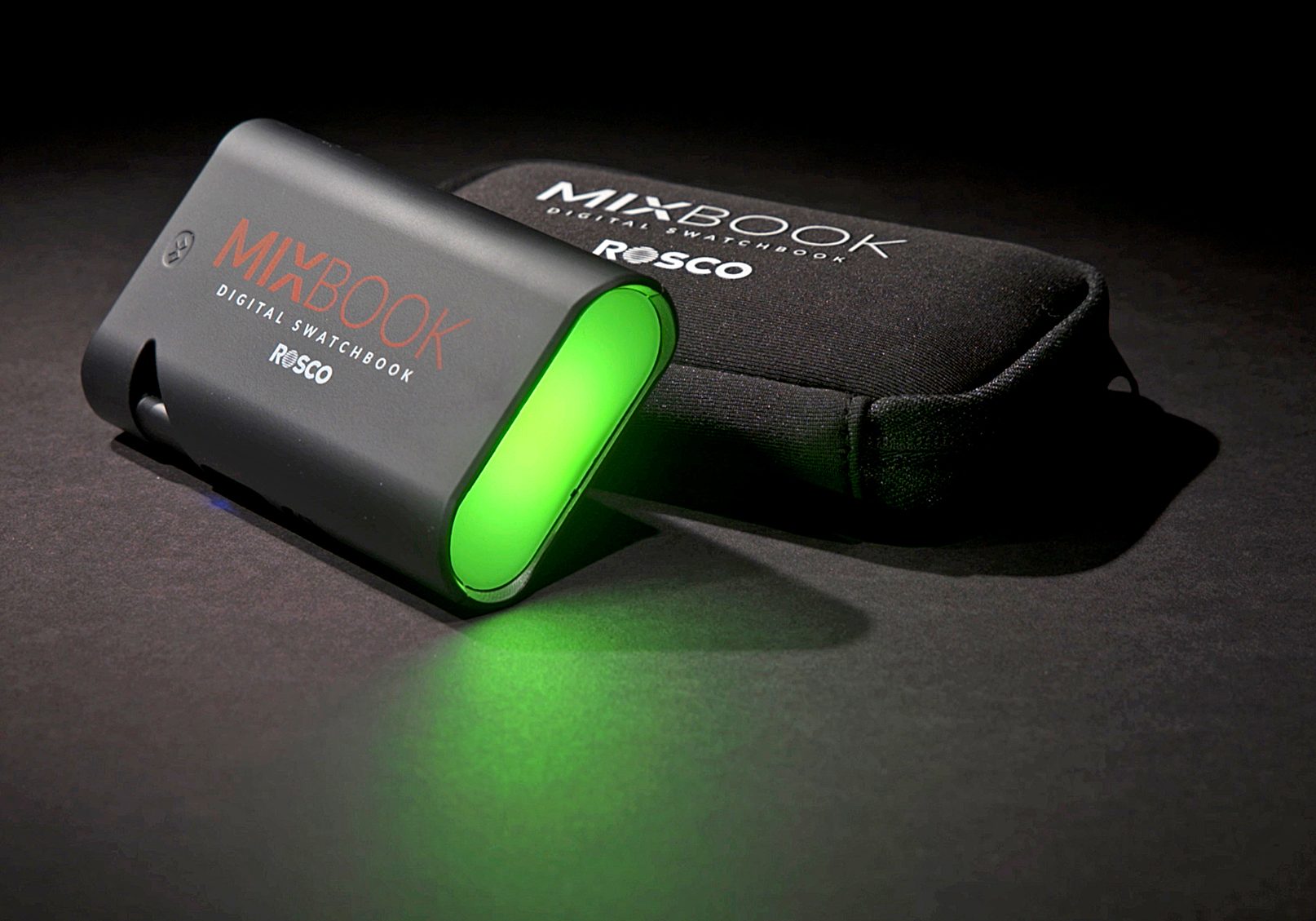
Light Emitting Dynamo
Spotlight / DMG Lumière by Rosco
BY: Kevin Hilton
The history of corporate acquisitions is littered with examples of a company being taken over and getting completely absorbed by the new owner, which strips out the best products and merges them with its own offering.
Less common, but not completely unknown, is the more equal acquisition in which the target asset not only maintains its own identity, but also becomes integral to the ongoing development and success of the new owner.
This has been the case with DMG Lumière, which was bought by long-established US lighting manufacturer Rosco in 2017. Not only has the acquired firm retained the branding - as DMG Lumière by Rosco - and its headquarters in France, it has also taken on much of the research and development (R&D) for the new parent's product lines as well as its own.
Compared to Rosco, which was founded in 1910, DMG Lumière is a relatively new entrant into the lighting market. Established as a company in 2014 with headquarters in Lyon, it grew out of the industry knowledge and specific production requirements of cinematographer/camera operator Mathieu de Montgrand and electrician/gaffer Nicolas Goerg.
"We weren't really satisfied with what was on the market," Goerg comments. "Mathieu's brother was doing signage lights and some pretty nice LEDs, so we asked him to make some prototypes."
Nils de Montgrand had been running Smartlight Europe since 2005, concentrating on medical and industrial lights, as well as signage.
"Mathieu and Nico came to me about LEDs and asked for something for the film industry," Nils said at IBC in 2017 after the Rosco deal was announced. The result of this request was the SL1 LED fluorescent tube replacement, which Goerg says came up to the standards expected and so was made into a saleable product for the film and TV lighting market.
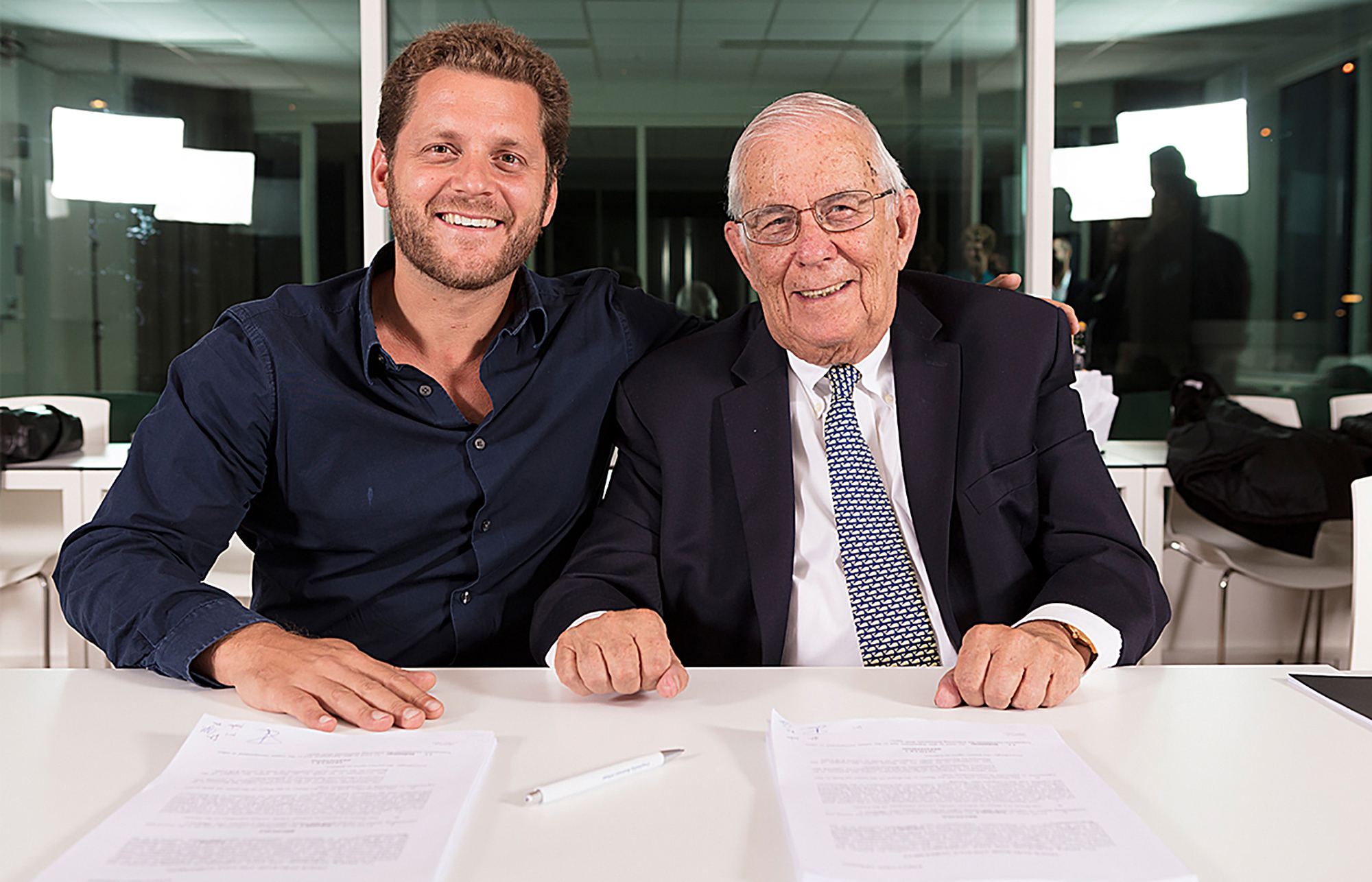
Originally a monochrome fixture, the SL1 developed into a bi-colour version, the SL1 Switch, and then a full-colour model. This last product, the SL1 Mix, was launched in 2018 and features True Rosco Color technology, which produces a proprietary mixture of six LEDs: Red + Lime + Green + Blue + Amber + White. The aim was to give directors of photography and lighting technicians the ability to blend colours but not at the expense of F-stops.
The SL1 was initially sold under the auspices of Smartlight Europe but DMG Lumière was soon established to handle both the design and marketing of products. The range was expanded, including the addition of the Mini strip light (also available in both Switch and Mix versions), and a distribution network started to be put in place. Development of the sales operations was overseen by a third de Montgrand brother, Jean, who started with Europe, the Middle East and Africa and then moved to Canada to build up the Americas market.
In the meantime, major European directors and cinematographers became aware of DMG Lumière's products and used them for specific purposes on productions. Robbie Ryan BSC ISC specified the SL1 and Mini for lighting actors while shooting Ken Loach's I, Daniel Blake (2016), while Thierry Arbogast AFC utilised early versions of the SL1 in car rigs on Luc Besson's The Family (2013). Arbogast also used SL1s and Minis on Besson's Valerian and The City Of A Thousand Planets (2017).
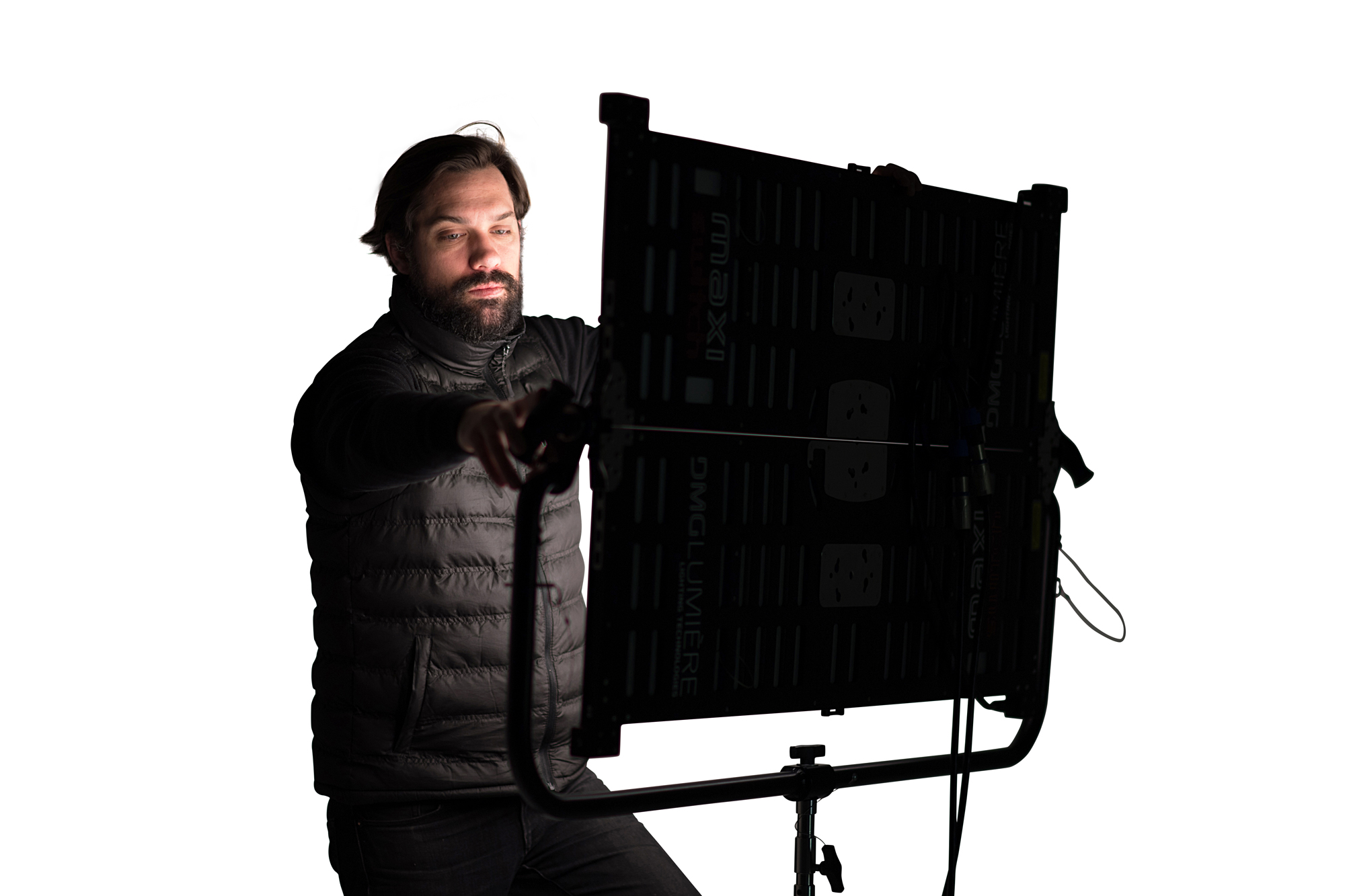
There has been some discussion in recent years about European and American companies moving manufacturing to China. DMG has always had its products built by Chinese contractors because Nils de Montgrand lived in the country for eight years and was familiar with what could be done there.
"Nils went there when LED started to mean something and so has always worked with people in China," explains Goerg. "When he came back to France I went out there for three years."
The majority of Rosco's manufacturing remains in the US, but what Goerg describes as "quite a bit" of its R&D is now being carried out at DMG's premises in Lyon.
"The good thing about globalisation is that you are able to find the best people to work with," Goerg observes, "They could be French, English, Chinese or American. It doesn't matter."
DMG's product offering has continued to grow since becoming part of Rosco. A large-scale fixture, the Maxi Switch, appeared in 2017. At 125 x 74 x 2 cm, with an output of 520W LED power, it is the biggest model in the company's portfolio. Its most recent light, the Maxi Mix, was launched at the 2019 NAB Show and began deliveries during September.
"You might decide on a particular blue in an office looking at a traditional swatch book but when you get on set what is produced is a bit more turquoise than you wanted. MixBook also has the same LEDs as the Mix line, so it offers the opportunity to create a perfect match."
- Nicolas Goerg
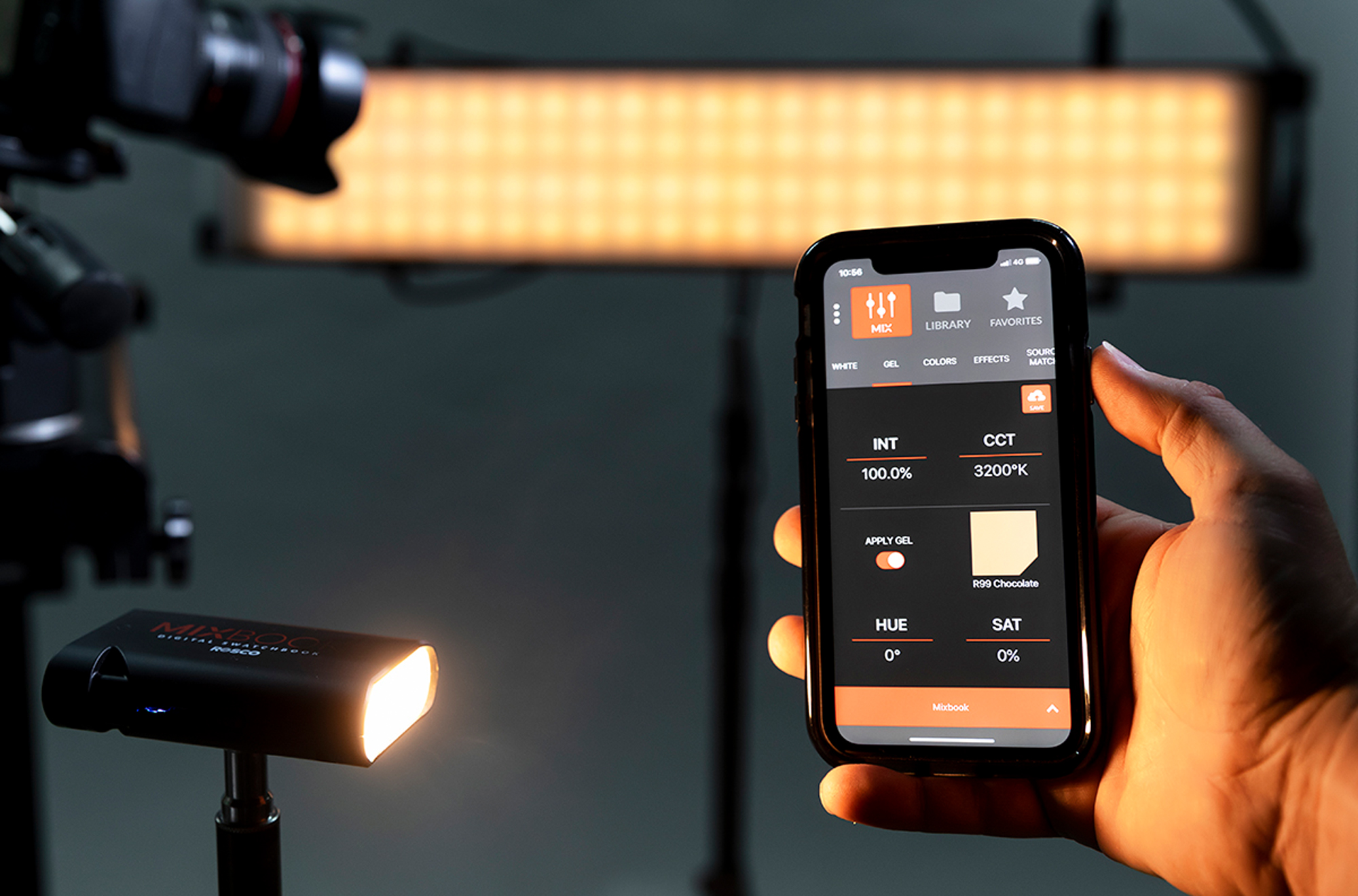
Also new for last year was something of a departure: the MixBook. Described as a digital swatch catalogue, this comprises a small lighting unit connected to a smartphone app over a Bluetooth connection. This allows DPs and gaffers to pre-visualise gels and LED colours and then save them on a device so a specific colour can be shown to someone, either in person or sent by text or Skype.
Goerg comments that this product was not a direct request from users but came more from the realisation that sometimes it can be difficult to describe a colour or shade to another person.
"You might decide on a particular blue in an office looking at a traditional swatch book but when you get on set what is produced is a bit more turquoise than you wanted," he says. "MixBook also has the same LEDs as the Mix line, so it offers the opportunity to create a perfect match."
An unexpected side benefit of the MixBook is that some DPs and gaffers are now using it as a mini-light because, Goerg explains, "It is able to produce a really nice gel spectrum."
As for the future, he says DMG Lumière will create more light fixtures of different sizes, from big to small. "We're exploring everything," he concludes, "and that includes different formats."




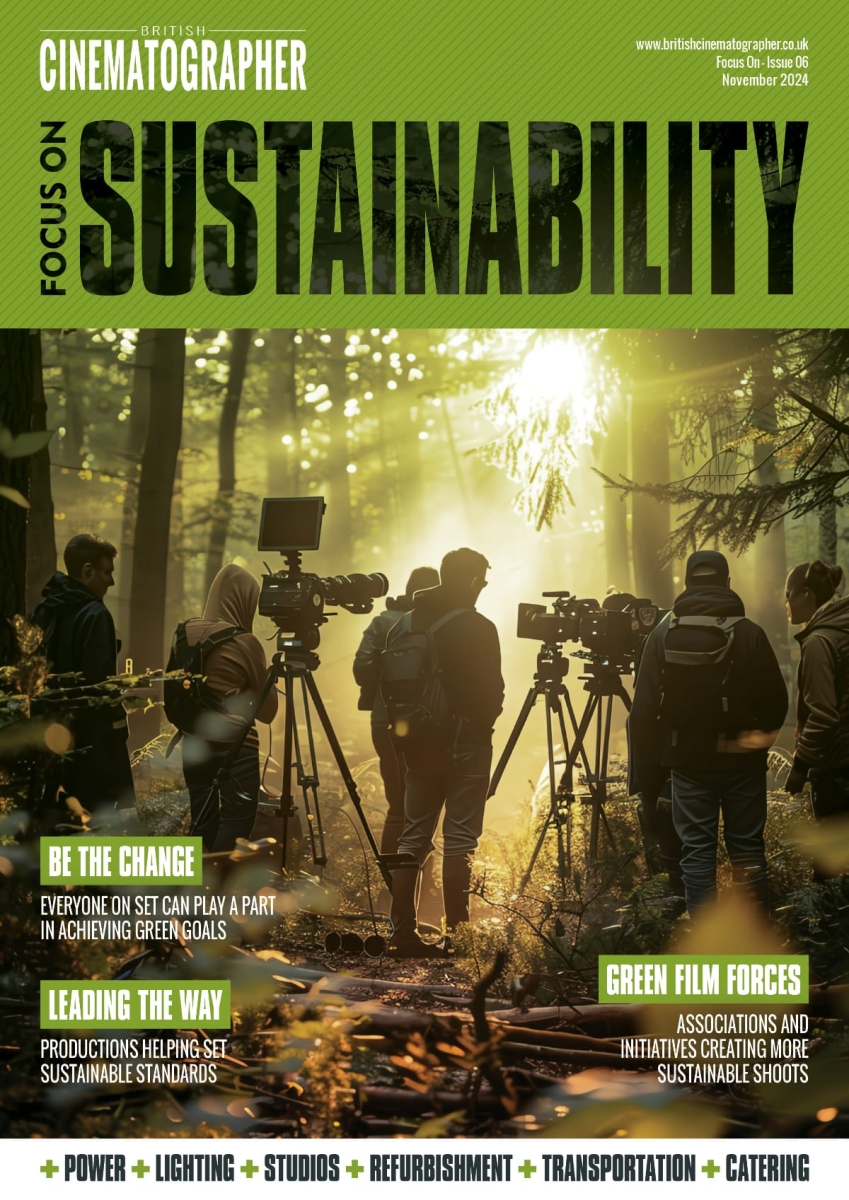
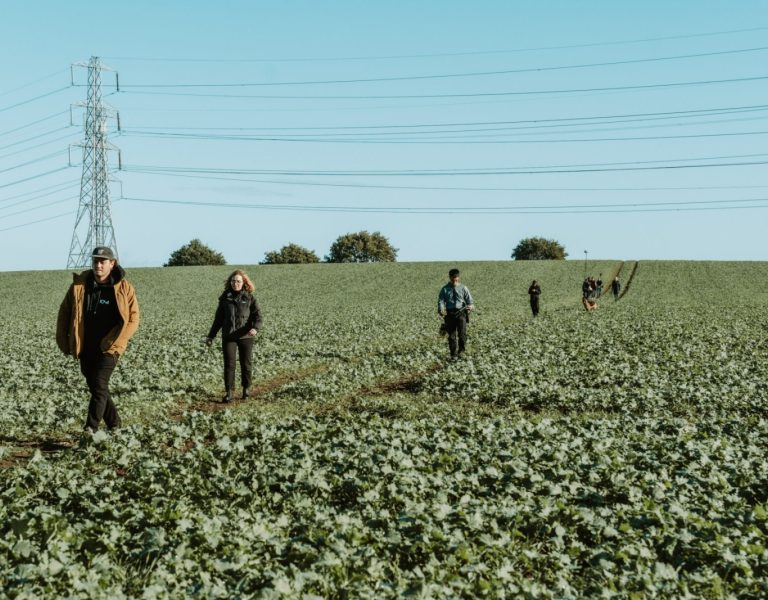
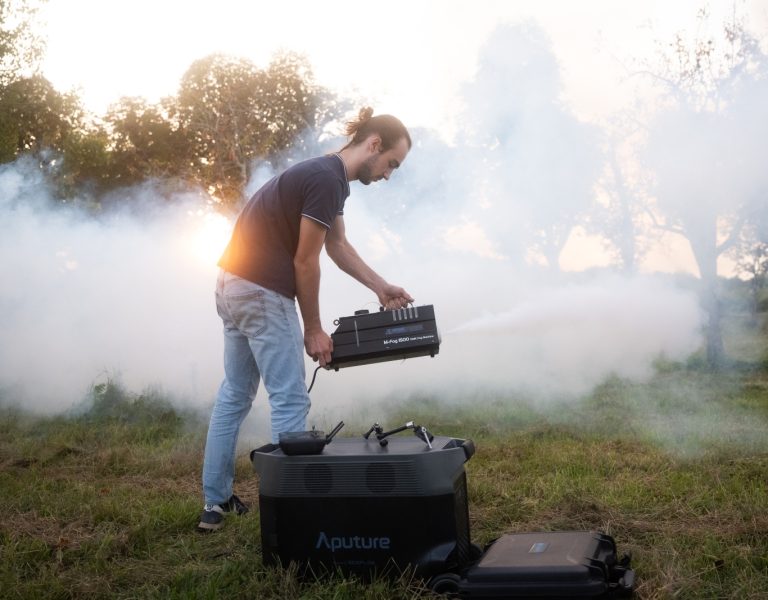
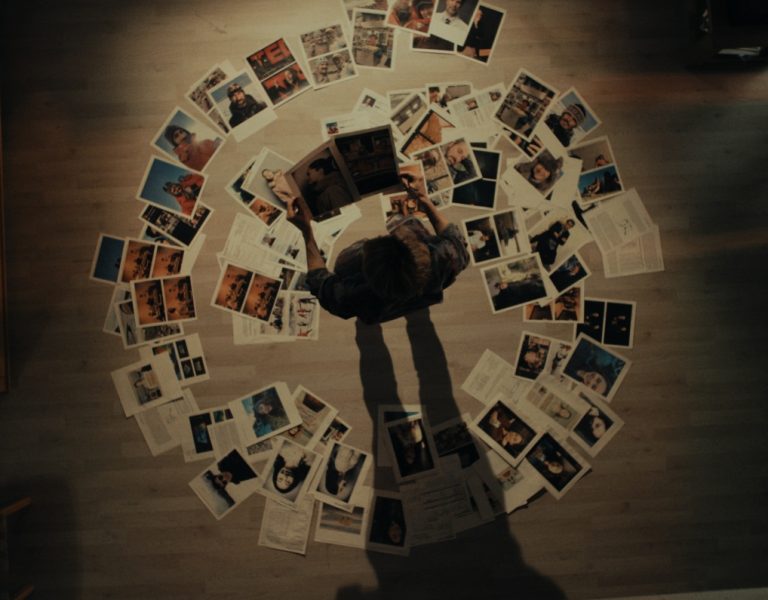
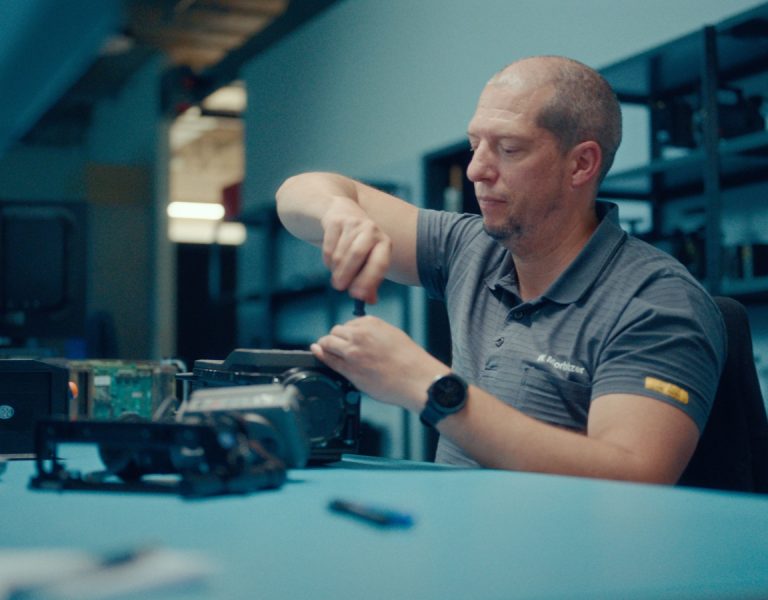
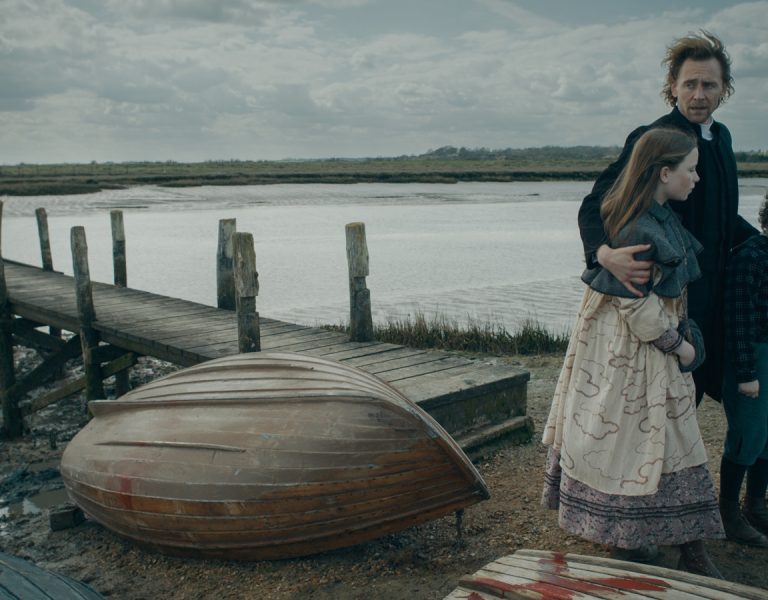

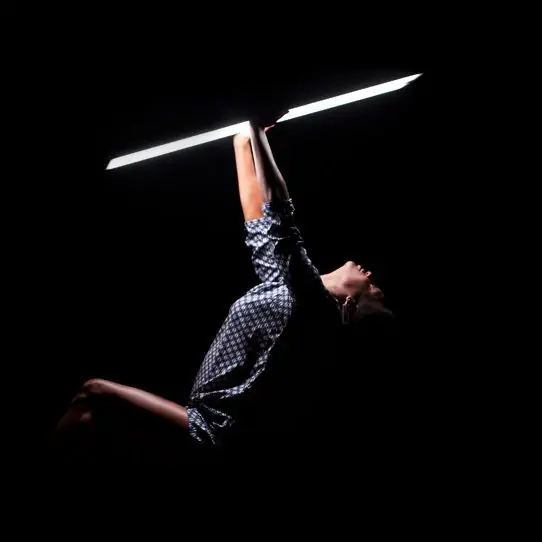
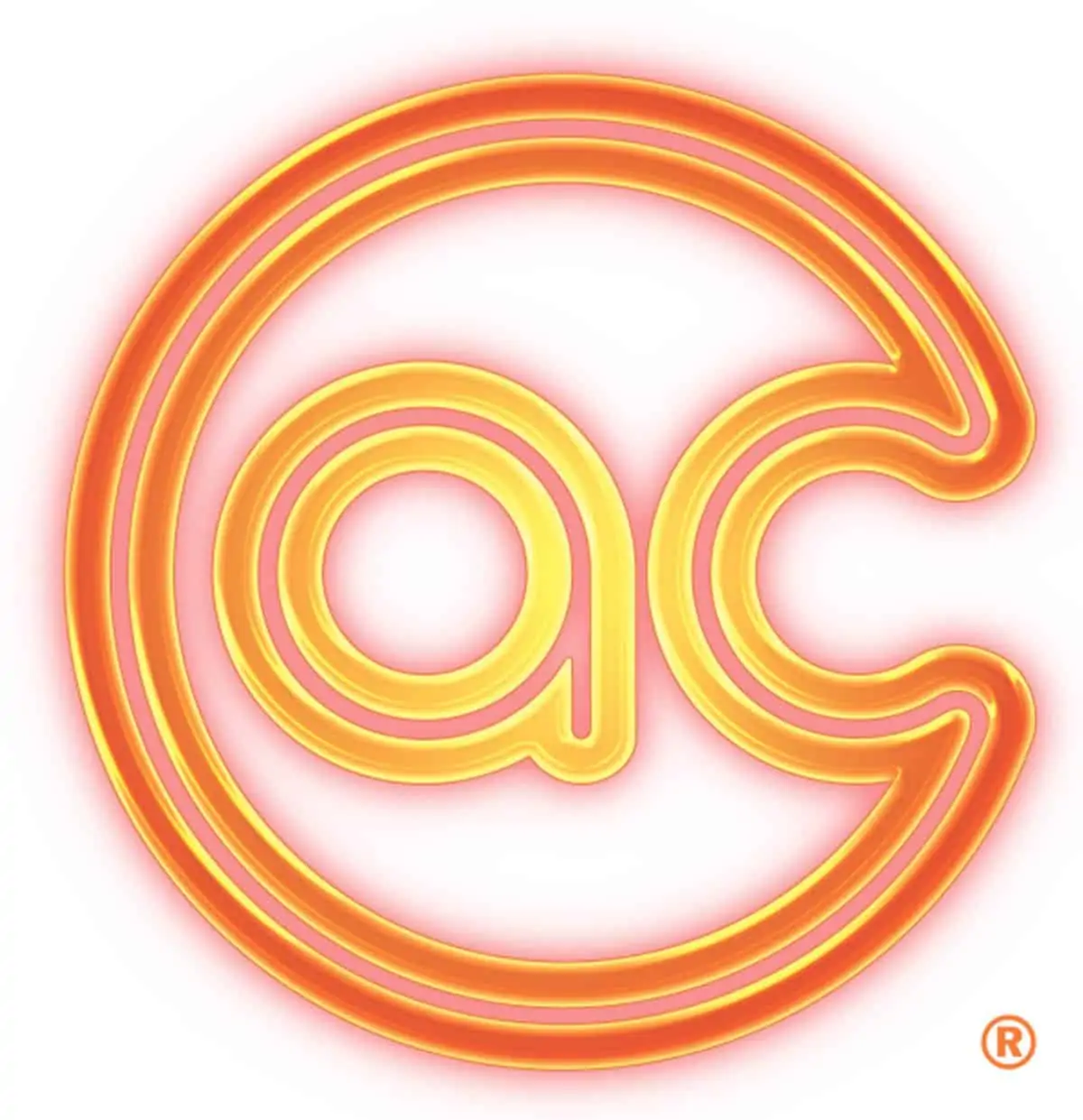
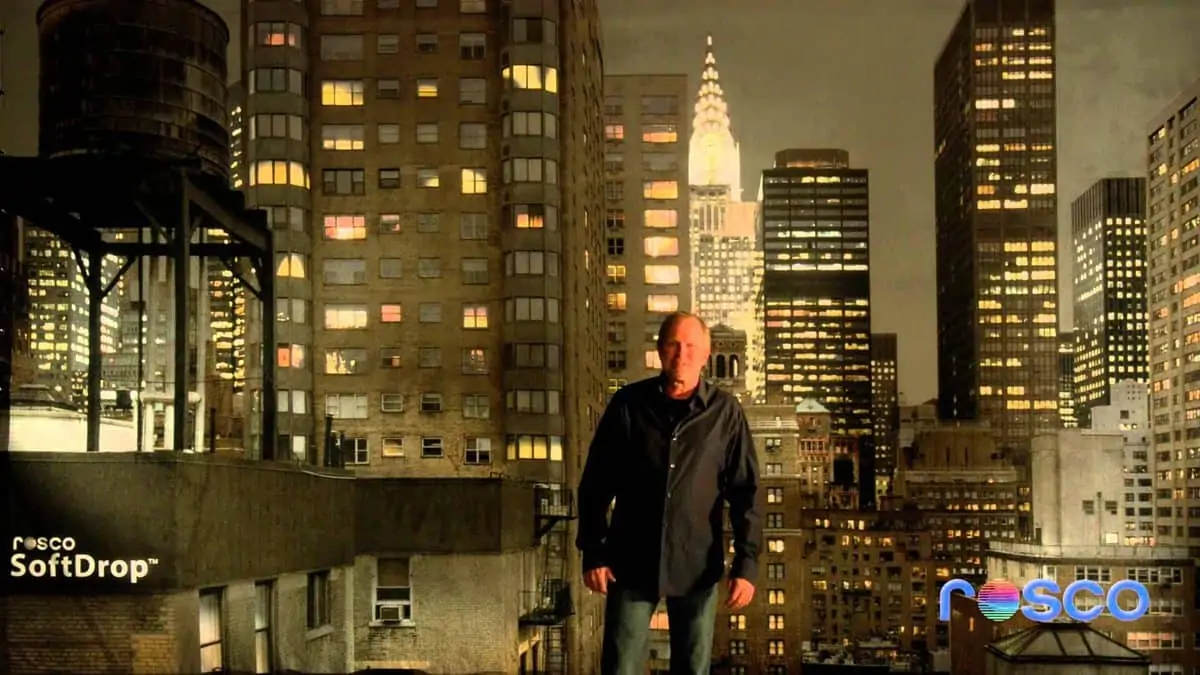
Comment / Laurence Johnson, sustainability manager, Film London